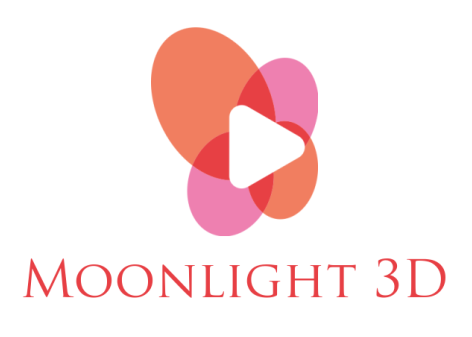Comparing Google Drive and Dropbox: Features,
Pros, and Cons
In today’s digital age, storing and managing files has become an integral part of our personal and professional lives. Two popular options that have gained immense popularity in the realm of cloud storage are Google Drive and Dropbox. Both platforms offer efficient ways to store, access, and collaborate on files, but they have distinct features that cater to different needs. In this article, we’ll dive deep into the features, usability, pricing, and more to help you make an informed decision between Google Drive and Dropbox.
Features Comparison
File Synchronization and Backup
Both Google Drive and Dropbox provide seamless file synchronization across devices. Files uploaded to either platform can be accessed and edited from various devices, ensuring you always have the latest version at your fingertips.
Collaboration and Sharing Options
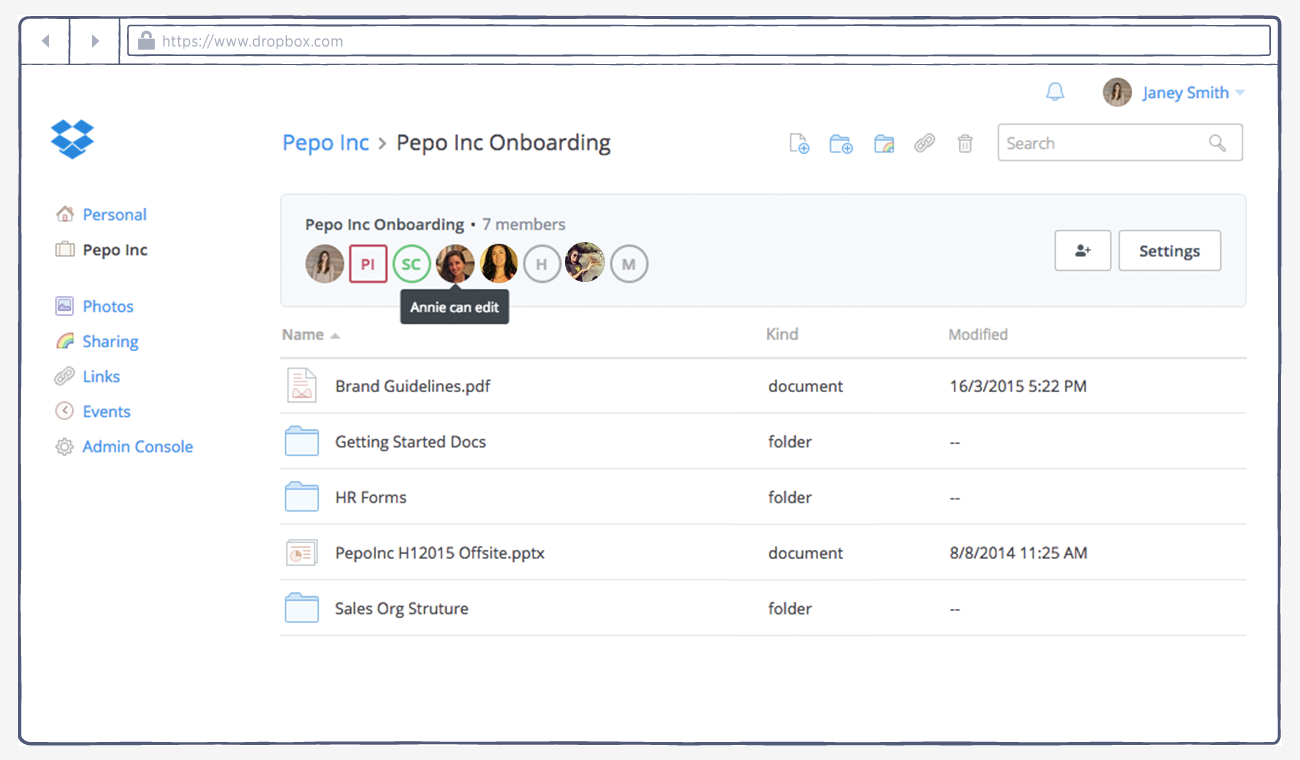
One of the key advantages of these platforms is their collaboration features. Google Drive excels with its real-time editing and commenting capabilities, allowing multiple users to work on a document simultaneously. Dropbox, on the other hand, offers collaborative features that simplify teamwork on shared files.
Integration with Third-party Apps
Google Drive seamlessly integrates with Google Workspace apps like Docs, Sheets, and Slides. Dropbox focuses on its integration with Microsoft Office applications, enhancing productivity for users in the Microsoft ecosystem.
Security and Privacy Measures
Both platforms prioritize security. Google Drive offers two-step authentication and encrypts data in transit and at rest. Dropbox employs similar security measures to safeguard user data and privacy.
User Interface and Experience
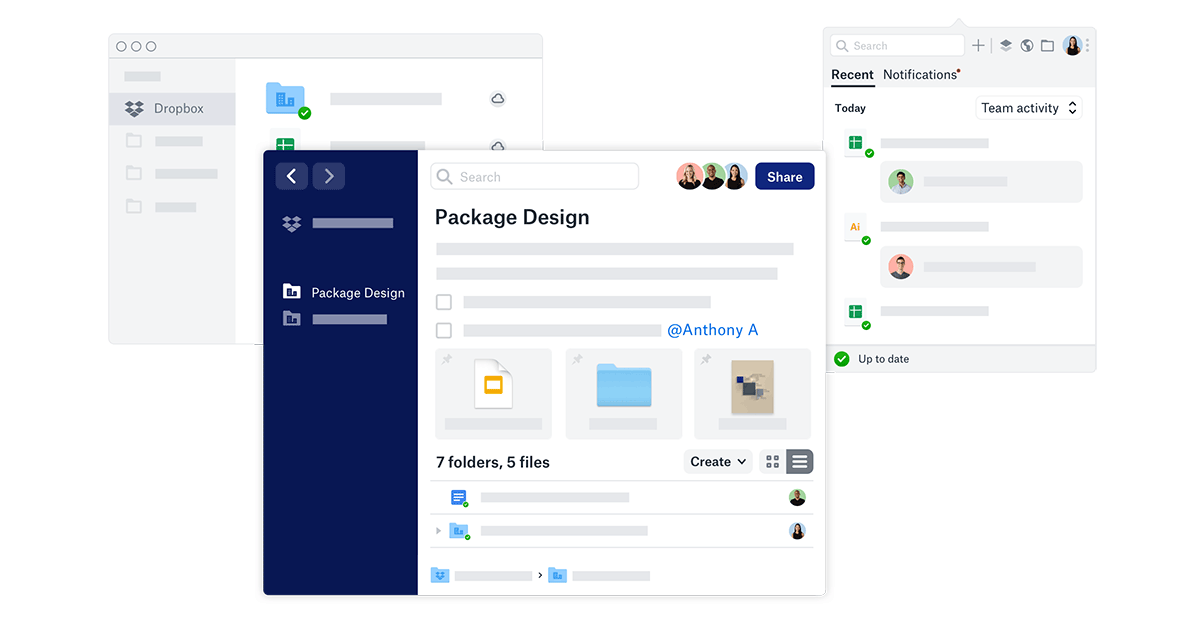
Google Drive boasts a familiar interface for those accustomed to Google’s ecosystem. Its layout is intuitive, allowing users to organize files and folders effortlessly. Dropbox, with its minimalist design, offers a clutter-free experience that appeals to users seeking simplicity.
Storage Plans and Pricing
When it comes to pricing, Google Drive offers various tiers with different storage capacities, catering to individual users and businesses alike. Dropbox provides subscription options that include generous storage and advanced features for professional users.
Google Drive
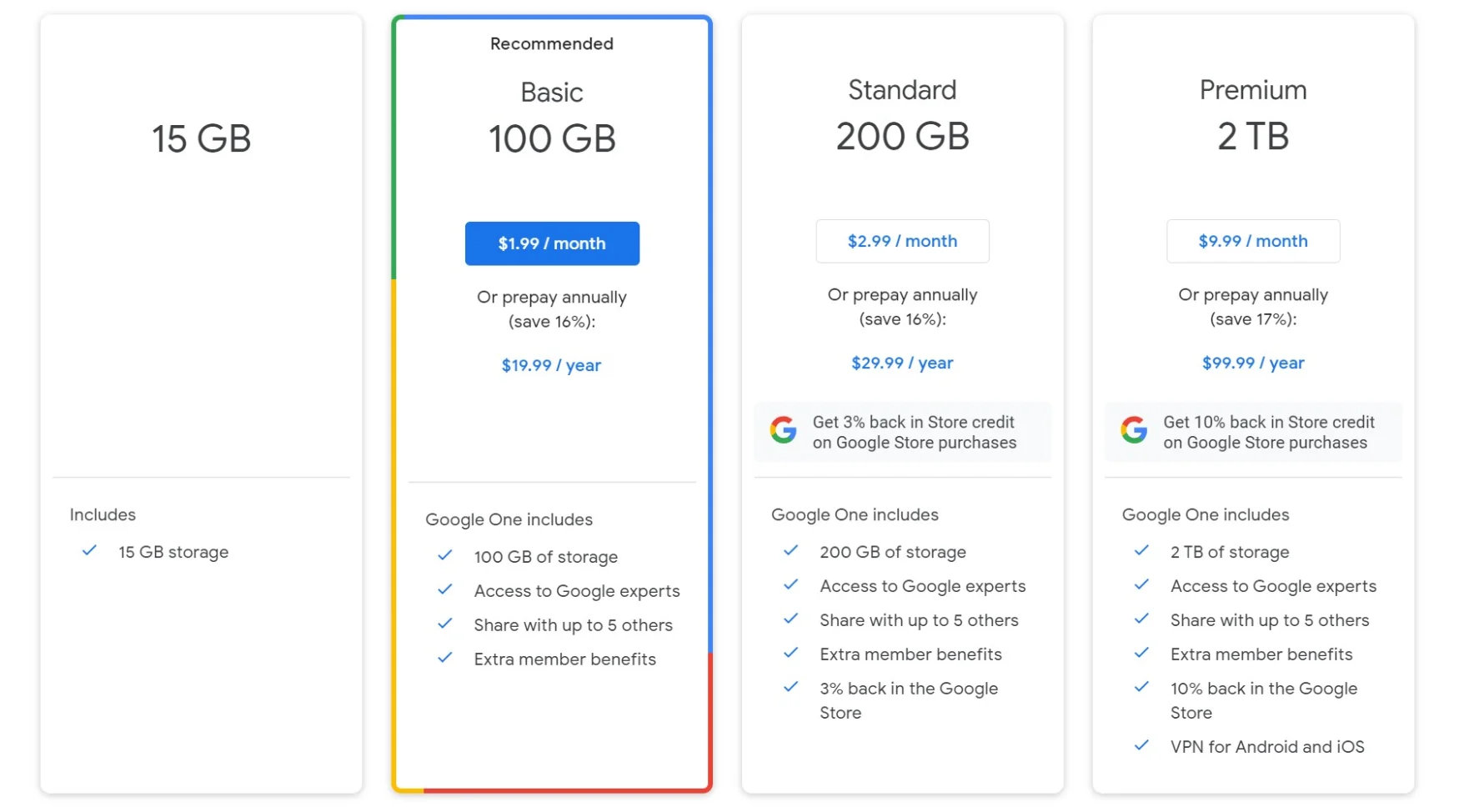
- Basic Plan (15 GB – Free):
- This is the free tier of Google Drive, offering 15 GB of storage space shared across Google Drive, Gmail, and Google Photos.
- Suitable for individuals with moderate storage requirements, such as personal documents and photos.
- Google One Plans: Google One is a subscription service that offers additional storage and various benefits beyond the free 15 GB. Pricing for Google One plans varies depending on the amount of storage you need:
- 100 GB Plan:
- $1.99 per month or $19.99 per year
- Suitable for users needing extra space for larger files and media.
- 200 GB Plan:
- $2.99 per month or $29.99 per year
- Ideal for users with more extensive storage needs who also want access to Google experts for support.
- 2 TB Plan:
- $9.99 per month or $99.99 per year
- Designed for heavy users who require significant storage space and additional benefits like phone support and family sharing.
- 100 GB Plan:
- Google Workspace Plans: Google Workspace plans include advanced productivity and collaboration tools, along with enhanced storage options. These plans are tailored for businesses and organizations:
- Business Starter:
- $6 per user per month
- Offers 30 GB of cloud storage per user along with Gmail and Google Meet for communication and collaboration.
- Business Standard:
- $12 per user per month
- Provides 2 TB of cloud storage per user, advanced security features, and access to Google Workspace apps.
- Business Plus:
- $18 per user per month
- Offers 5 TB of cloud storage per user, enhanced security controls, and additional features like Vault for archiving and retention.
- Enterprise:
- Custom pricing
- Tailored solutions for larger organizations, with advanced security, compliance, and administrative controls.
- Business Starter:
Dropbox
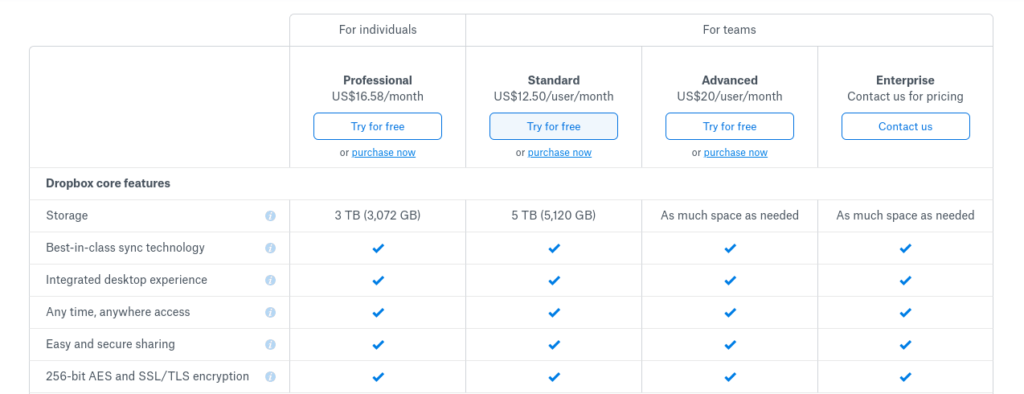
- Basic Plan (2 GB – Free):
- This is the free tier of Dropbox, offering 2 GB of storage space.
- Suitable for individuals with minimal storage requirements, such as personal documents or small files.
- Plus Plan (2 TB):
- $9.99 per month or $99.99 per year
- Provides 2 TB of storage space along with advanced features like offline access, remote device wipe, and priority email support.
- Ideal for individuals or small businesses needing extra storage and enhanced features.
- Family Plan (2 TB per user – up to 6 users):
- $16.99 per month or $169.99 per year
- Offers the same features as the Plus plan but allows up to 6 users to share the 2 TB of storage.
- Suitable for families or small teams who want to collaborate and share files.
- Professional Plan (3 TB):
- $16.58 per month (billed annually) or $19.99 per month (billed monthly)
- Provides 3 TB of storage along with features like advanced sharing controls, watermarking, and 180-day file recovery.
- Targeted towards freelancers and independent professionals with substantial storage and collaboration needs.
- Business Plans: Dropbox offers two business plans designed for teams and businesses with more advanced collaboration requirements:
- Standard:
- $12.50 per user per month (billed annually)
- Offers 5 TB of storage per user, advanced admin controls, and integration with third-party apps.
- Advanced:
- $20 per user per month (billed annually)
- Provides unlimited storage (minimum of 5 users), enhanced security features, and priority support.
- Standard:
- Enterprise Plan:
- Custom pricing
- Tailored solutions for larger enterprises with advanced security, compliance, and customization options.
File Compatibility and Accessibility
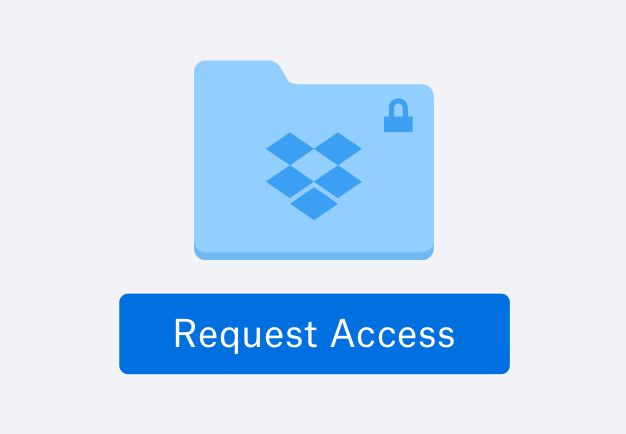
Both platforms support a wide range of file types, ensuring compatibility for various document formats, images, and multimedia files. Additionally, both Google Drive and Dropbox offer convenient mobile apps for accessing files on the go.
Collaboration Tools
Google Drive’s real-time collaboration is a game-changer for teams working remotely or collaboratively. Multiple users can edit documents simultaneously, share feedback, and see changes in real time. Dropbox’s collaborative tools allow teams to share files, comment on documents, and streamline communication within the platform.
Mobile Apps and Offline Access

Both Google Drive and Dropbox provide mobile apps for iOS and Android devices. These apps allow users to access their files on smartphones and tablets, making it easy to stay productive on the move. Offline access features also ensure that users can work on files even without an internet connection.
Integration with Productivity Tools
Google Drive’s integration with Google Workspace apps creates a seamless workflow for users who rely heavily on tools like Google Docs, Sheets, and Slides. Dropbox, on the other hand, enhances its Microsoft Office integration, catering to users who primarily use Word, Excel, and PowerPoint for their work.
Security Measures

The security of sensitive data is a top priority for both platforms. Google Drive and Dropbox offer two-step authentication to protect user accounts. Additionally, data encryption during transmission and while at rest ensures that files are safeguarded from unauthorized access.
Customer Support
Both Google Drive and Dropbox provide customer support options, including online resources, help centers, and user communities. Google’s support system is closely tied to its suite of services, while Dropbox offers direct assistance for its platform.
Pros and Cons
Google Drive’s integration with Google Workspace and real-time collaboration features make it an excellent choice for teams heavily invested in Google’s productivity ecosystem. Dropbox’s simplicity and integration with Microsoft Office tools cater to users who rely on Microsoft applications.
Google Drive pros:
- Ample Storage Space: Google Drive provides users with a substantial amount of free storage space (usually 15 GB) upon sign-up, which can be expanded with affordable subscription plans.
- Seamless Integration: Google Drive is seamlessly integrated with other Google services like Gmail, Google Docs, Sheets, and Slides. This makes it easy to share and collaborate on documents in real-time.
- Real-time Collaboration: One of the standout features of Google Drive is its real-time collaboration capabilities. Multiple users can edit a document simultaneously, enabling efficient teamwork.
- Access from Anywhere: Users can access their files stored on Google Drive from any device with an internet connection, making it convenient for remote work and on-the-go productivity.
- File Version History: Google Drive keeps track of document changes and allows users to access previous versions. This is valuable for recovering older versions or tracking changes over time.
- Powerful Search: Google’s search technology is integrated into Drive, making it easy to locate files using keywords or phrases, even if you have a vast amount of stored content.
- Third-party App Integration: Google Drive supports integration with a wide range of third-party applications, allowing you to enhance its functionality based on your needs.
- Offline Access: Google Drive enables offline access to files, allowing users to work on documents without an internet connection and sync changes once they are online again.
- Mobile Apps: Google Drive offers mobile apps for both iOS and Android devices, allowing users to access, view, and edit files on the go.
Google Drive cons:
- Privacy Concerns: Since Google Drive is owned by Google, some users have concerns about the level of data privacy, as Google may analyze content for advertising and other purposes.
- Limited Offline Features: While offline access is available, not all features of Google Drive are accessible without an internet connection.
- Dependent on Google Services: To maximize the benefits of Google Drive, users might find themselves relying on other Google services, potentially leading to a more locked-in ecosystem.
- Learning Curve: Some users, especially those who are new to cloud storage and collaboration tools, might need time to familiarize themselves with Google Drive’s features.
- File Ownership and Sharing Settings: Managing file ownership and sharing settings can sometimes be confusing, leading to unintentional sharing or access restrictions.
- Storage Constraints: The free storage space provided by Google Drive might become insufficient for users with large files or extensive storage needs, requiring them to upgrade to a paid plan.
- Offline Access Setup: Setting up offline access can be a bit complex for users who are not tech-savvy, potentially leading to confusion and frustration.
- Security Concerns: While Google Drive employs security measures, some businesses or individuals with highly sensitive data might have additional security requirements that Google Drive might not fully meet.
- Offline Collaboration Limitations: Collaborating on documents offline can be challenging, as real-time collaborative features work best when all users are online.
Dropbox pros:
- Easy File Sharing: Dropbox simplifies sharing files with others. You can generate shareable links to documents and folders, making collaboration effortless.
- Cross-Platform Compatibility: Dropbox is compatible with various operating systems and devices, including Windows, macOS, Linux, iOS, and Android, ensuring seamless access across different platforms.
- File Synchronization: Dropbox offers seamless synchronization across devices. Changes made to a file on one device are automatically reflected on all connected devices.
- Offline Access: Users can access selected files offline, enabling work in environments without internet connectivity. Changes made offline will sync once a connection is established.
- Collaboration Tools: Dropbox provides collaborative features like shared folders, which enable multiple users to collaborate on the same documents in real-time.
- Integration with Third-party Apps: Dropbox integrates with a wide range of third-party applications, enhancing its functionality and allowing users to work within their preferred tools.
Dropbox cons:
- Limited Free Storage: Dropbox’s free plan offers limited storage (typically 2 GB), which might not be sufficient for users with substantial storage needs.
- Pricing Tiers: While Dropbox offers various subscription plans, some users might find the pricing relatively higher compared to other cloud storage providers.
- Privacy and Security Concerns: Dropbox’s past security breaches have raised concerns about data privacy and security. Users with sensitive information might hesitate to store it on the platform.
- Dependency on Internet: Dropbox’s functionality heavily relies on an internet connection. Offline access is available, but real-time collaboration might not be feasible in disconnected environments.
- Storage Expansion Costs: While Dropbox offers more storage space with paid plans, additional storage can become expensive for users requiring significant amounts of space.
- File Ownership and Sharing Settings Complexity: Managing file ownership and sharing settings can be confusing, leading to unintentional sharing or access restrictions.
Use Cases
Google Drive shines in scenarios where teams require real-time collaboration and seamless integration with Google Workspace apps. Dropbox is a preferred option for users who prefer a straightforward file storage solution with strong compatibility with Microsoft Office tools.
User Reviews and Satisfaction

User feedback reveals that Google Drive is praised for its collaborative features, while Dropbox is applauded for its clean interface and user-friendly experience. Both platforms have garnered positive reviews for their overall performance and functionality.
Recent Updates and Future Developments
Both Google Drive and Dropbox continue to innovate with new features and enhancements. Google frequently introduces updates to its Workspace suite, while Dropbox aims to provide a more streamlined experience for users.
Conclusion
In the Google Drive vs. Dropbox debate, the right choice ultimately depends on your specific needs and preferences. If you’re heavily invested in the Google ecosystem and require real-time collaboration, Google Drive is an excellent choice. On the other hand, if you prioritize simplicity and integration with Microsoft Office, Dropbox might be the better fit. Evaluate your workflow, collaboration requirements, and preferred tools to make an informed decision that aligns with your goals.
FAQs
- Is Google Drive free to use? Google Drive offers a limited amount of free storage for individual users. Additional storage can be purchased through various pricing tiers.
- Can I use Dropbox without an internet connection? Yes, Dropbox allows offline access to files, enabling you to work on documents even when you’re not connected to the internet.
- Which platform is better for collaborative work? Both Google Drive and Dropbox offer strong collaborative features. Google Drive’s real-time editing is particularly beneficial for simultaneous teamwork.
- Can I access my Google Drive or Dropbox files on a mobile device? Yes, both platforms provide mobile apps for iOS and Android devices, allowing you to access your files on the go.
- How secure are my files on Google Drive and Dropbox? Both platforms implement security measures such as two-step authentication and data encryption to ensure the safety of your files and data.

Since 2019, Sabrina has been sharing her expertise as the author of three online courses, making photography and videography accessible to all, regardless of age or talent. Her blog, moonlight3d, serves as a hub for connecting with her audience, offering valuable tips on software, videography, and personal experiences. Feel free to reach out to Sabrina for insights and guidance on your creative journey through photography and videography.
